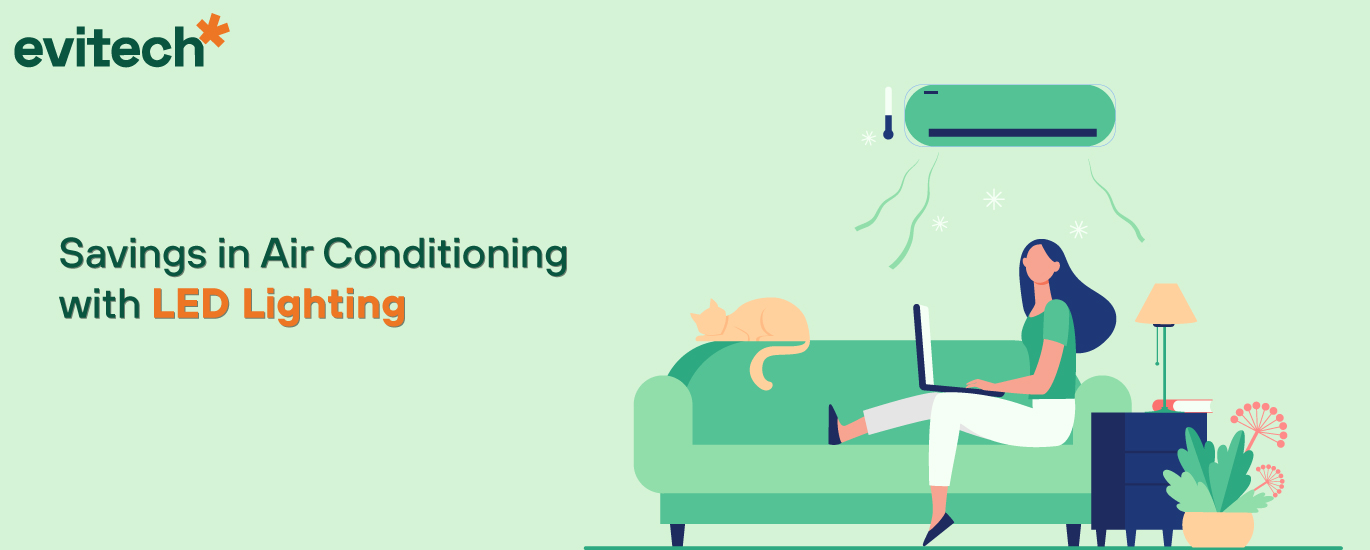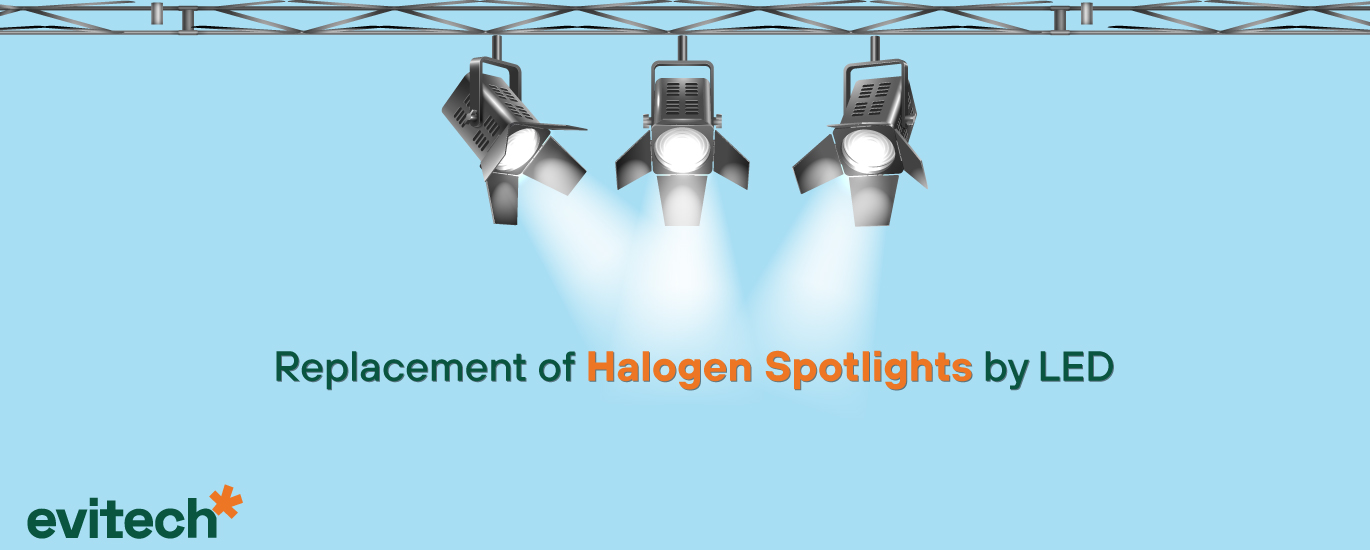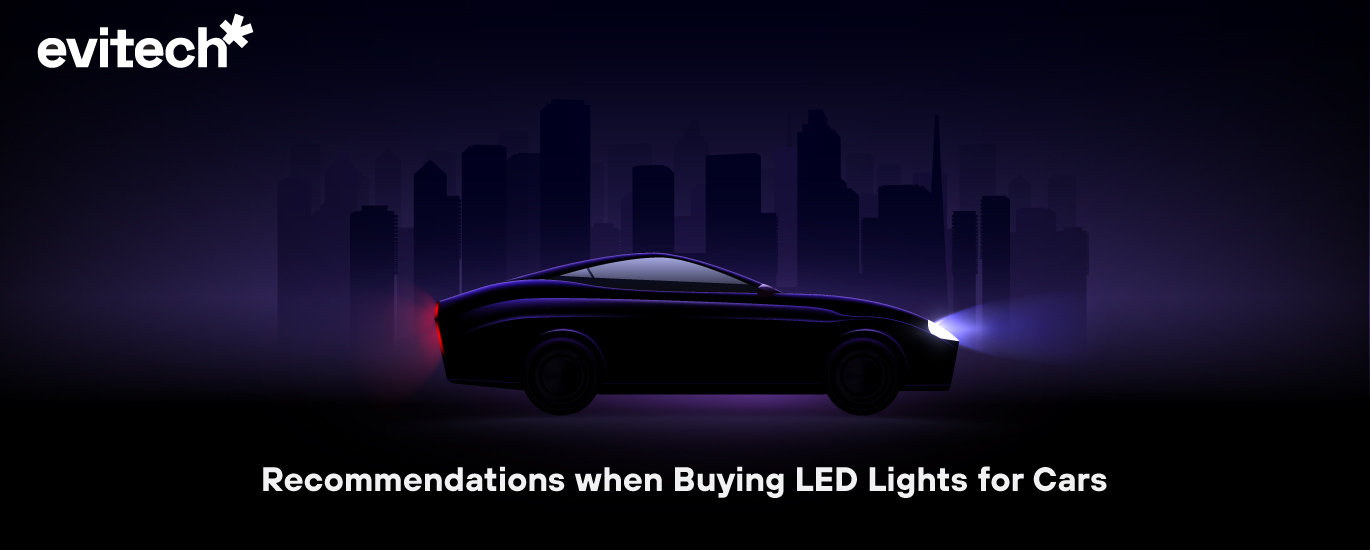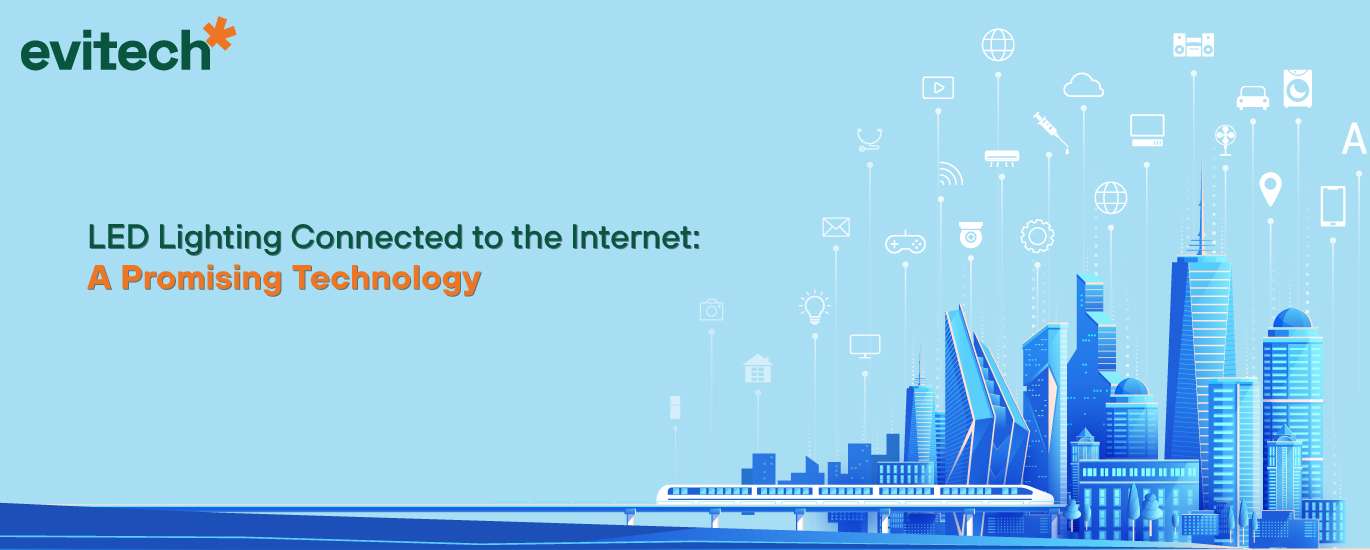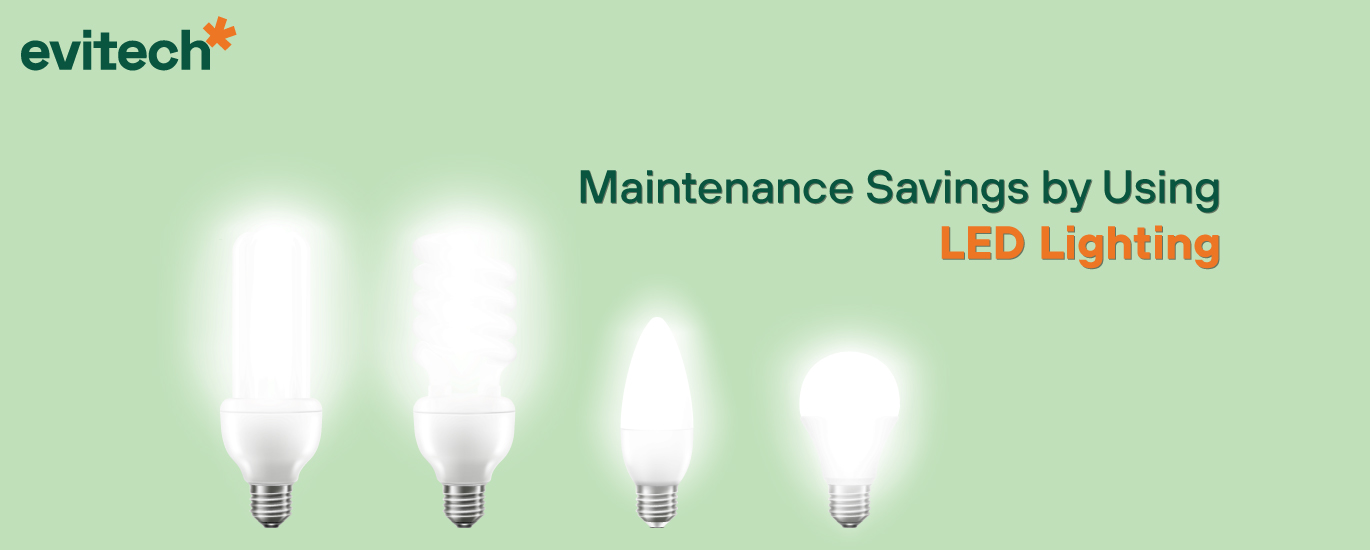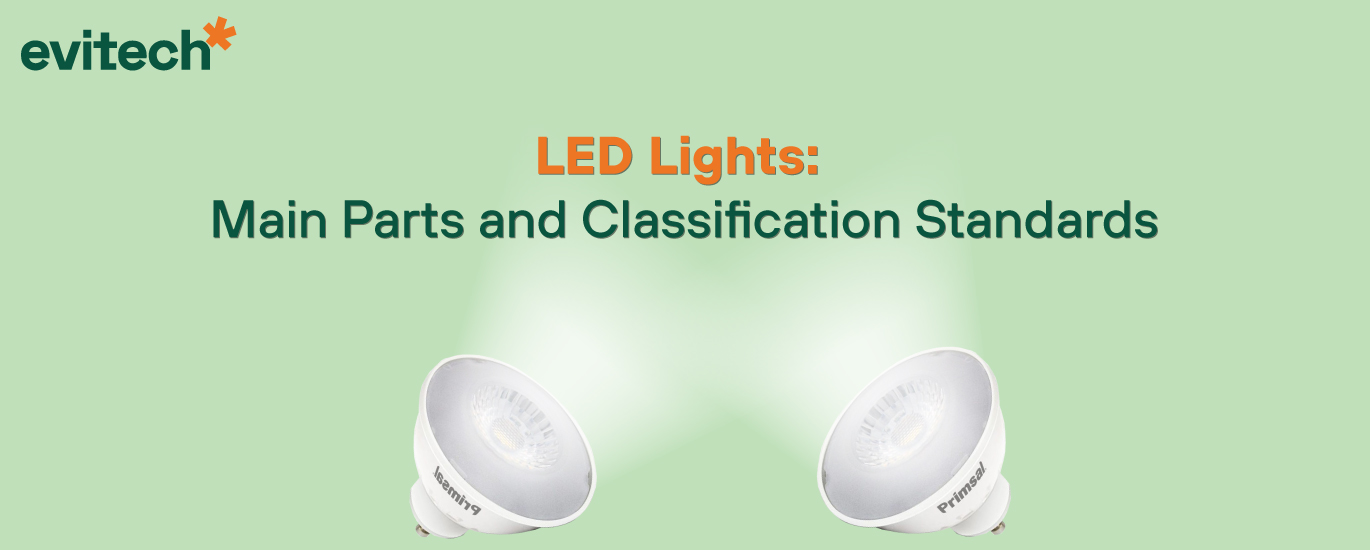Savings in Air Conditioning with LED Lighting
LED lighting offers attractive energy savings and air conditioning savings when used in climate-controlled spaces. As LED products reduce the heat emitted by the lighting system, they also reduce the workload on air conditioning equipment.
The same principle applies to LED lighting in cold rooms as the cooling load decreases. For example, if 10 450-watt HID fixtures are replaced with 150-watt LED fixtures, the heat released is reduced by 3,000 watts.
LED lighting also saves energy indirectly by reducing the load on the air conditioning or refrigeration equipment.
Savings in Air Conditioning with LED Lighting
The easiest way to explain this concept is with an example. Suppose a commercial building has 1,500 90-watt fluorescent fixtures, which are swapped out for their 50-watt LED equivalents. The direct savings is 40 watts per fixture, adding up to 60,000 watts for the entire building.
These 60,000 watts represent heat that will no longer be entering the building and must no longer be removed by the air conditioning system.
Assuming that the AC equipment consumes one watt of electricity for every 5 watts of heat removed, 12,000 watts of air conditioning savings are achieved.
This saving must be multiplied by the total time of use in the month. The consumption reduction of 12 kW will result in 2,400 kilowatt-hours if it is 200 hours of use per month. This equates to $480 per month, assuming 20 cents per kilowatt-hour.
It is worth mentioning that the savings in air conditioning are in addition to the 60,000 watts of direct savings in lighting. Therefore, the total savings amount to 72,000 watts. Assuming 200 hours of usage per month and US$0.20/kWh, this equates to US$2,880/month in savings.
Cooling Savings with LED Lighting
The benefit of LED lighting is even greater in cold rooms, which typically operate 24 hours a day. In these cases, the same logic applies: by using bulbs that emit less heat, the load on the compressors of the refrigeration system is reduced.
An additional advantage of LED lighting in cold rooms is the tolerance to low temperatures. Other types of lamps, such as fluorescent and HID, suffer a drastic reduction in their useful life in sub-zero environments. However, there are LED products designed to operate for more than 50,000 hours in temperatures as low as -40°C.
LED lighting in cold rooms improves site safety, as a lamp is less likely to fail. The frequency with which bulbs need to be changed is also reduced, minimizing work at height for maintenance personnel.
Conclusions
LED lighting is recommended when constructing buildings with air conditioning or cold room areas. This provides direct lighting and indirect savings by reducing the cooling load.
LED lighting in a heated or refrigerated space achieves a higher return on investment with two types of savings.
It is also worth mentioning that LED products require less maintenance than other types of lighting.
Considering the difficulty of replacing lamps in cold rooms, this is a notable benefit.
Latest Post
- Why do LED Spotlights Burn?
- What is the electricity consumption of LED Christmas lights?
- What are LED lighting towers, and What are their Applications?
- Using Natural Light in LED Lighting Designs
- Use of LED Lights in Domestic Houses
- Three Ways to Apply LED Light in Buildings
- Savings in Air Conditioning with LED Lighting
- Replacement of Halogen Spotlights by LED
- Recommendations when Buying LED Lights for Cars
- LED Lighting Connected to the Internet: A Promising Technology

